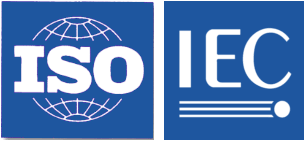Information technology — Automatic identification and data capture techniques — Rectangular Micro QR Code (rMQR) bar code symbology specification
This document defines the requirements for the symbology known as rMQR. It specifies the rMQR symbology characteristics, data character encoding methods, symbol formats, dimensional characteristics, error correction rules, reference decoding algorithm, printing quality requirements and user-selectable application parameters.
